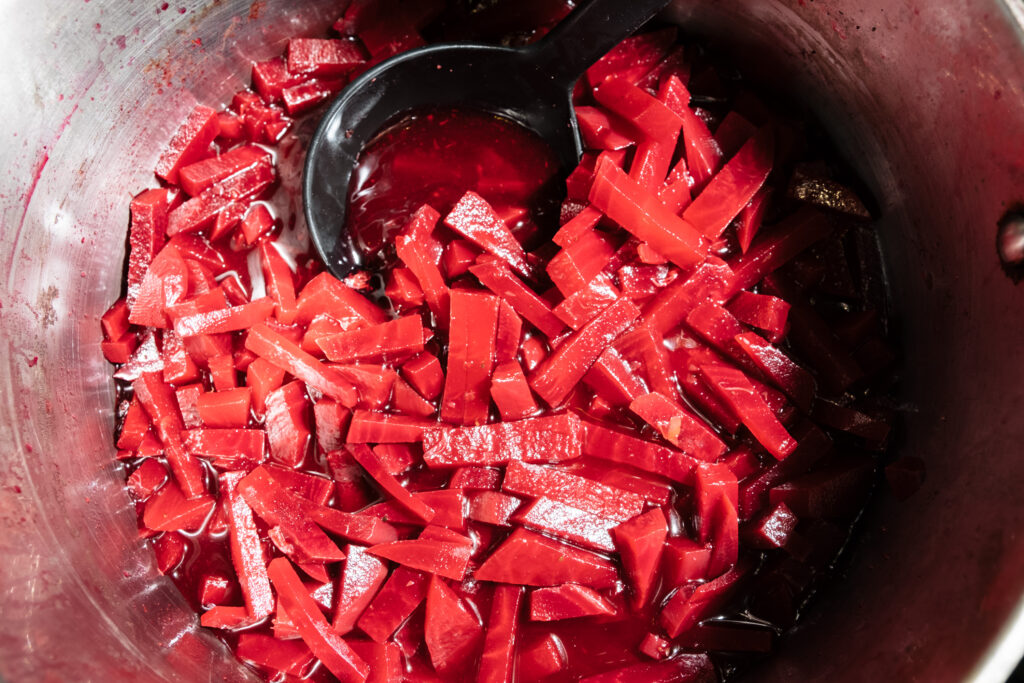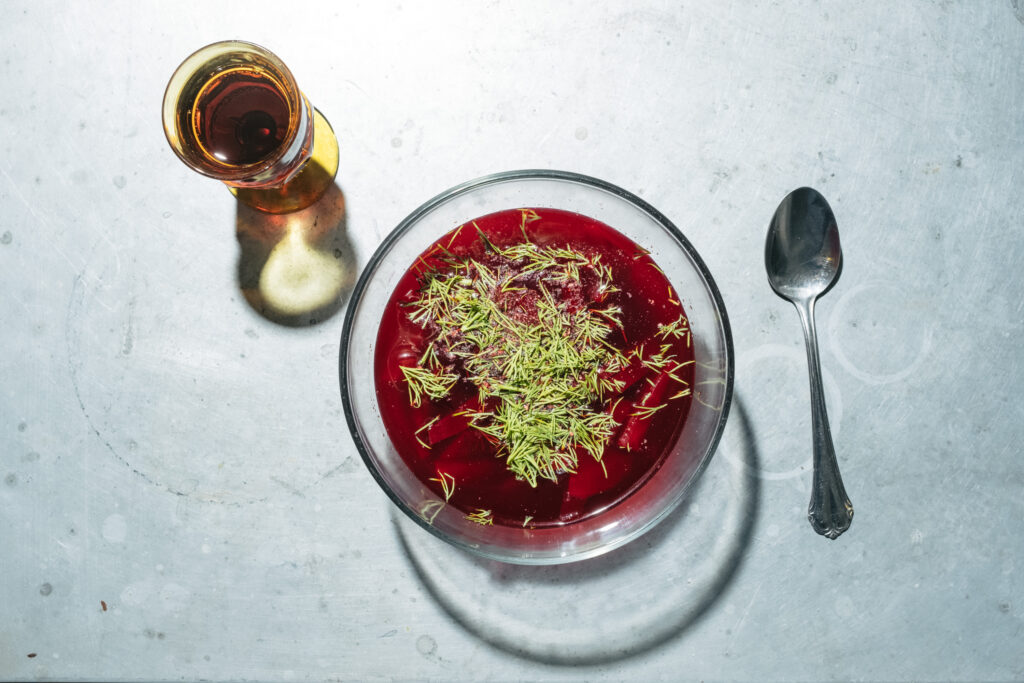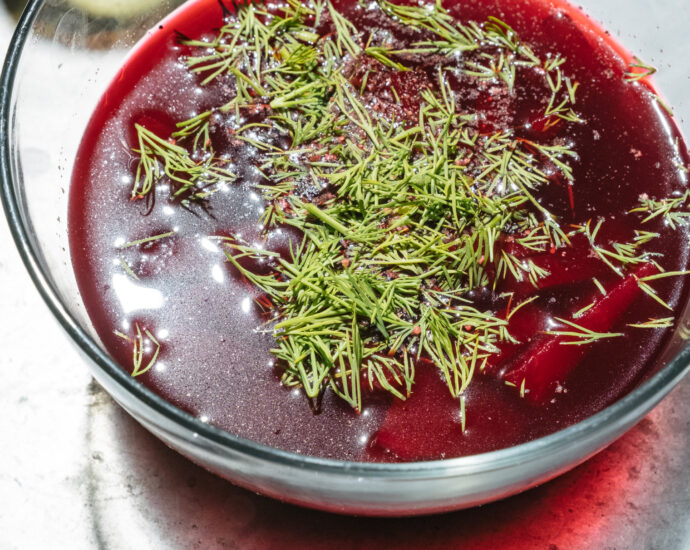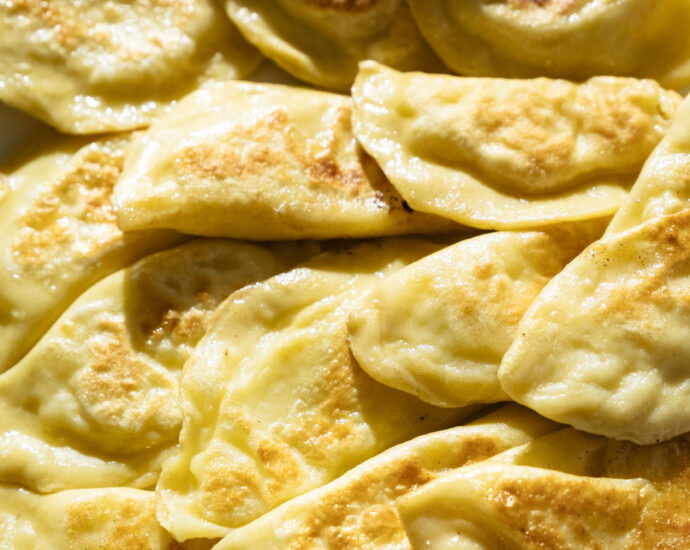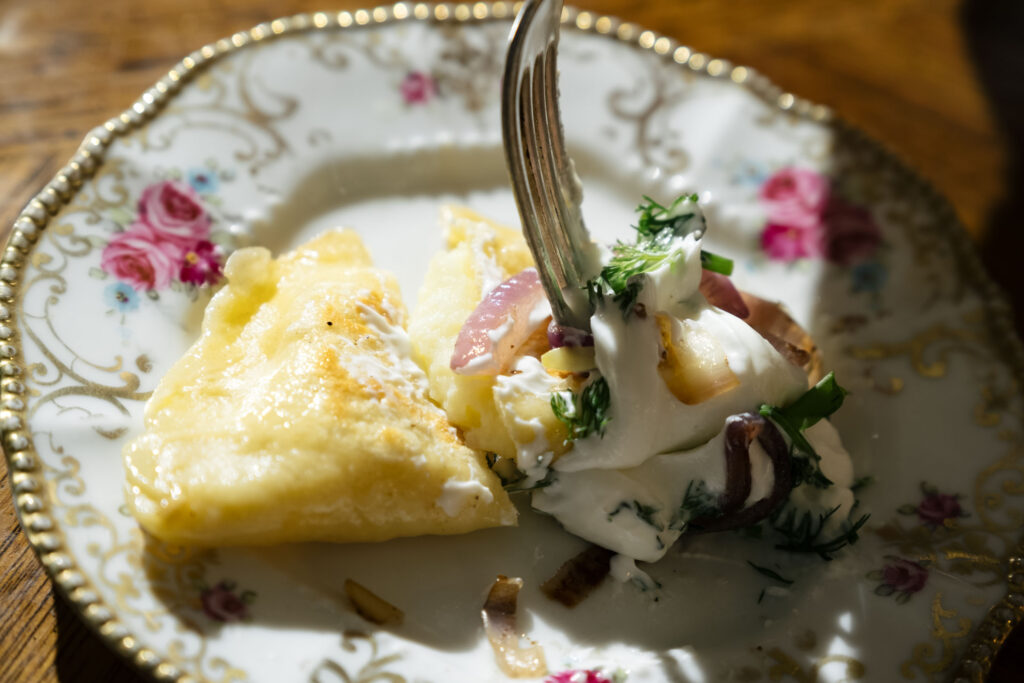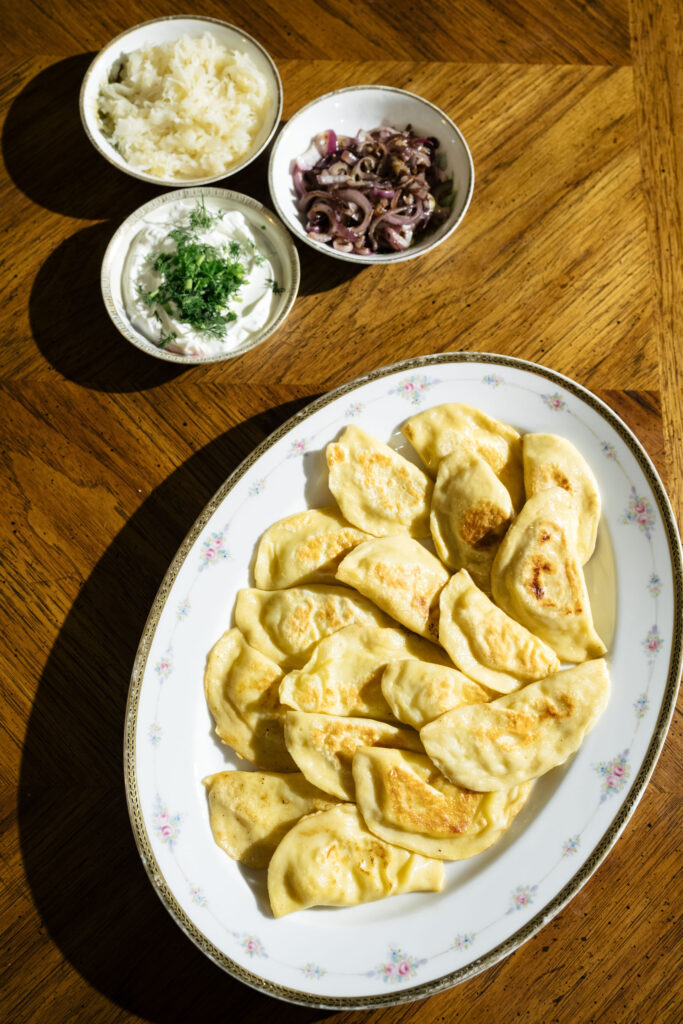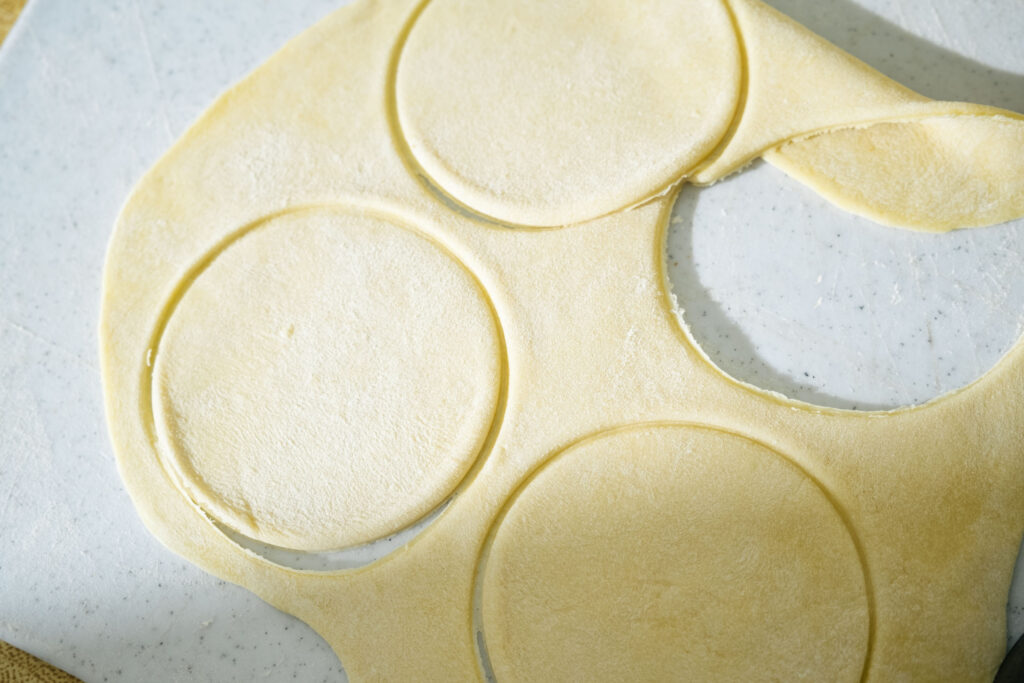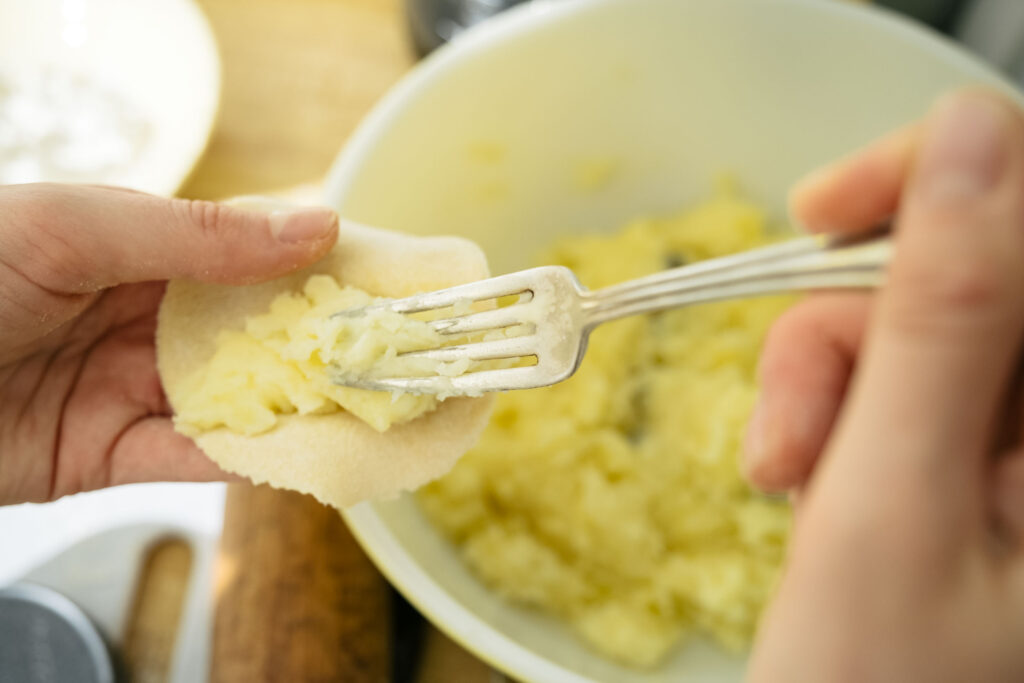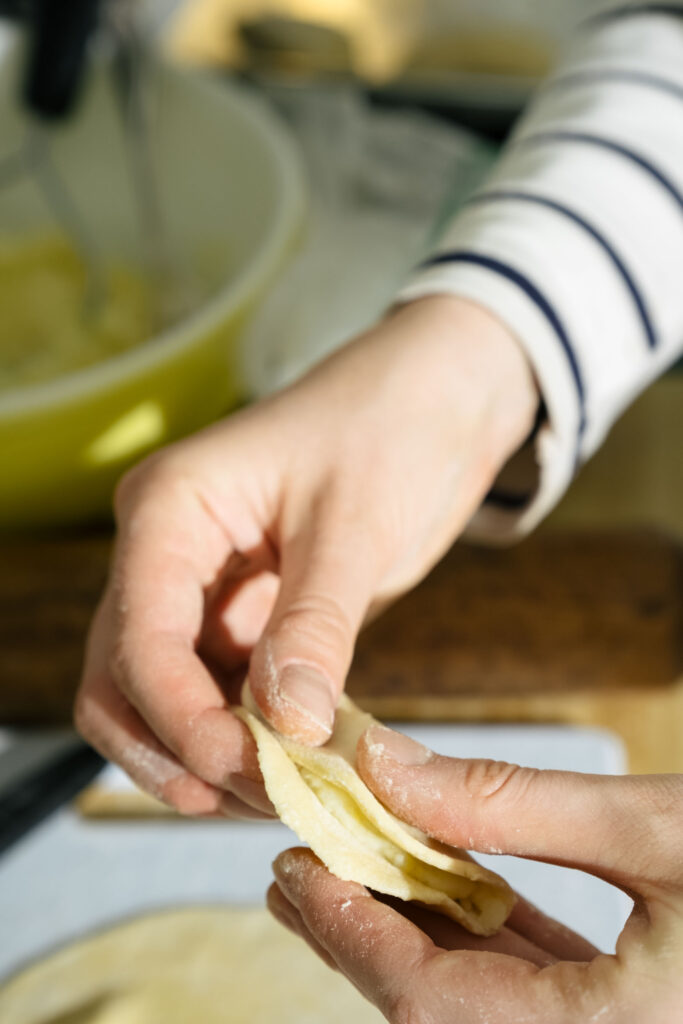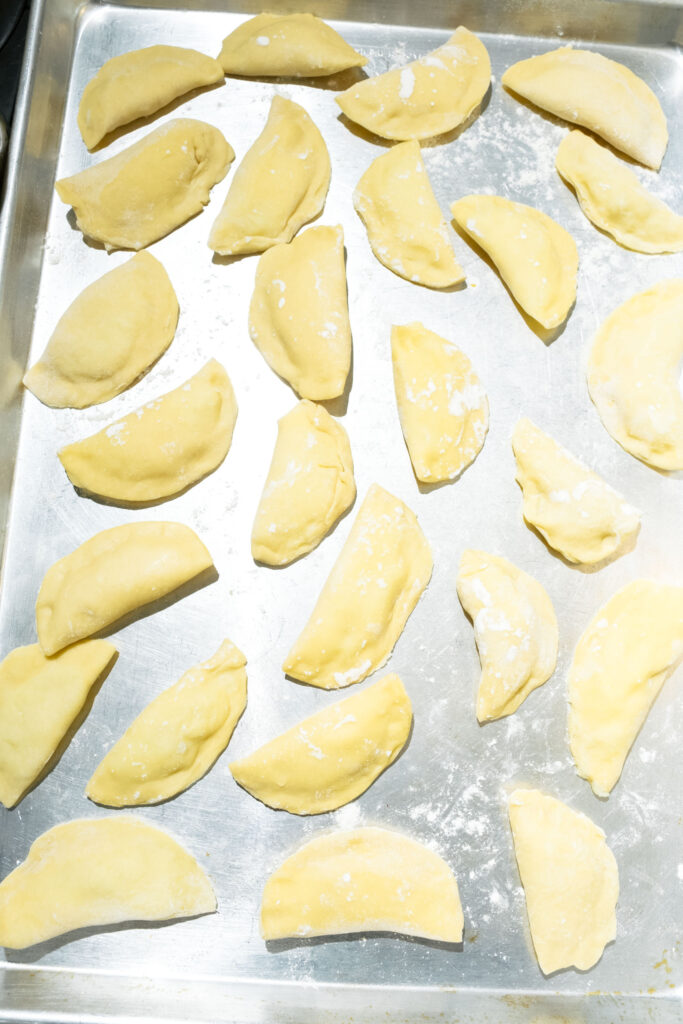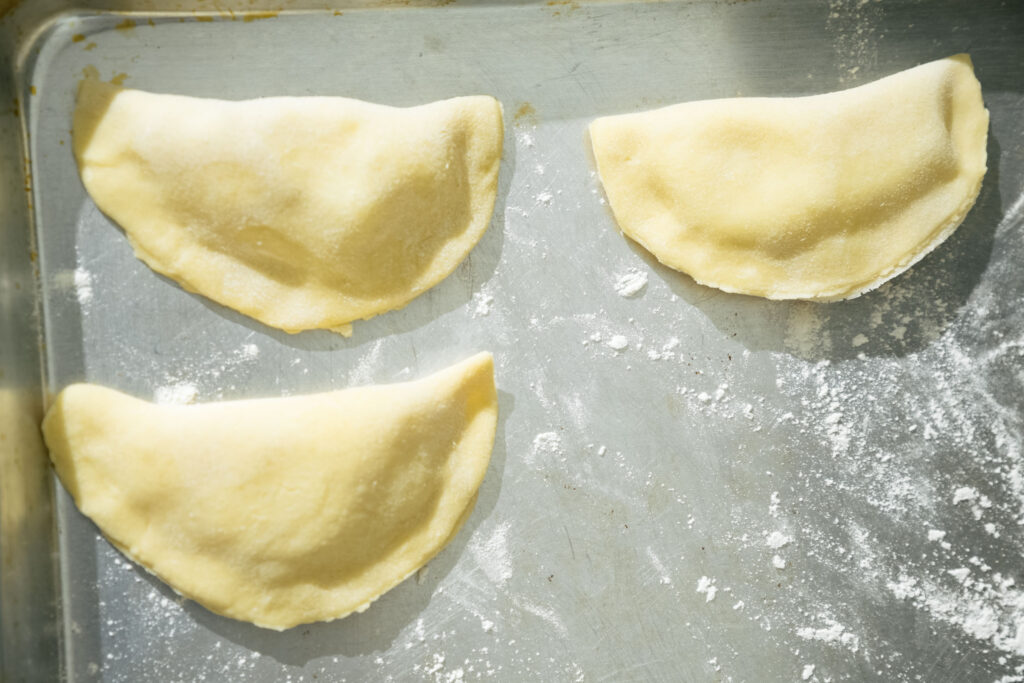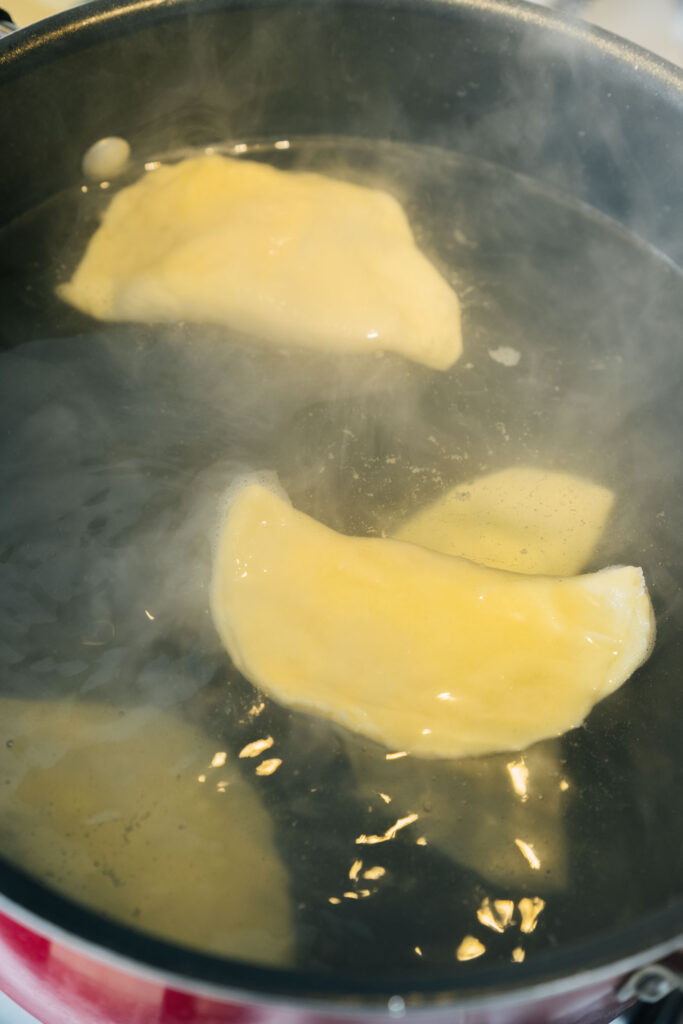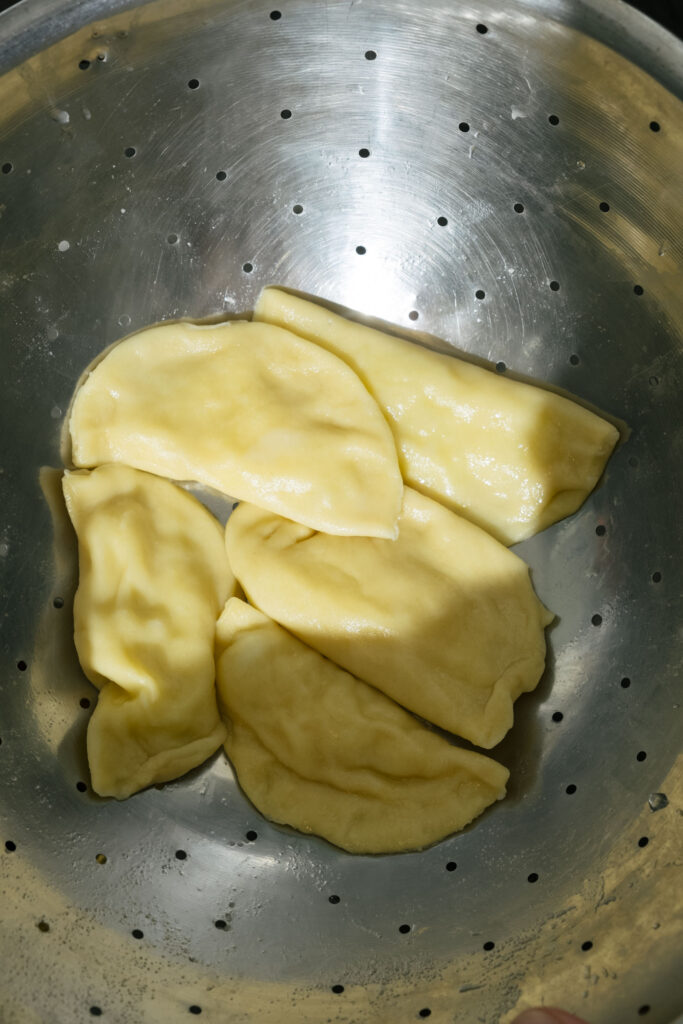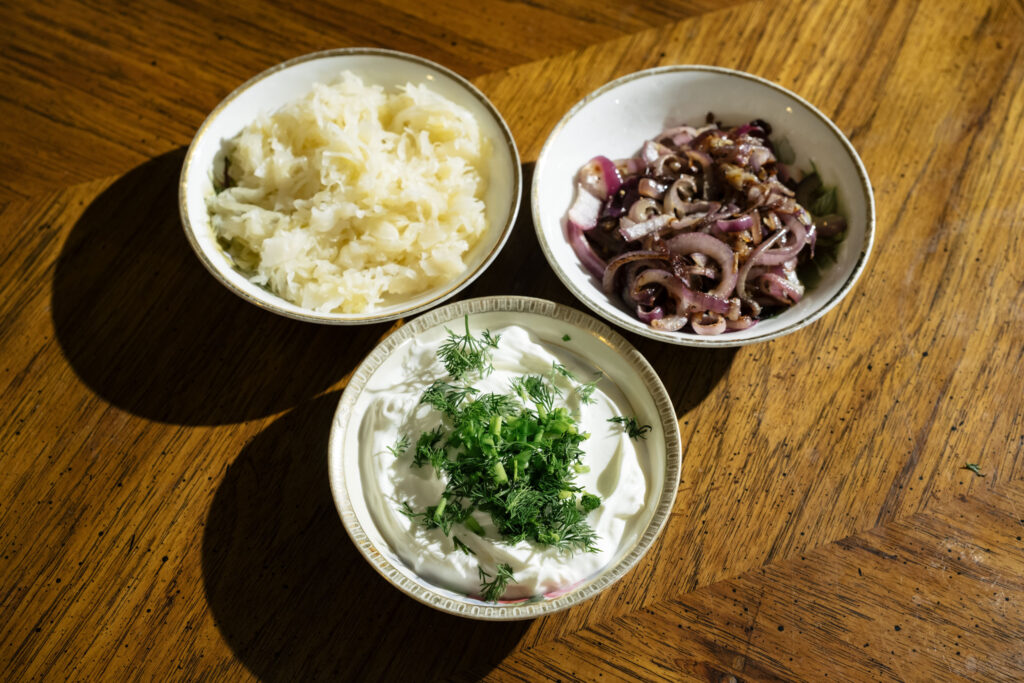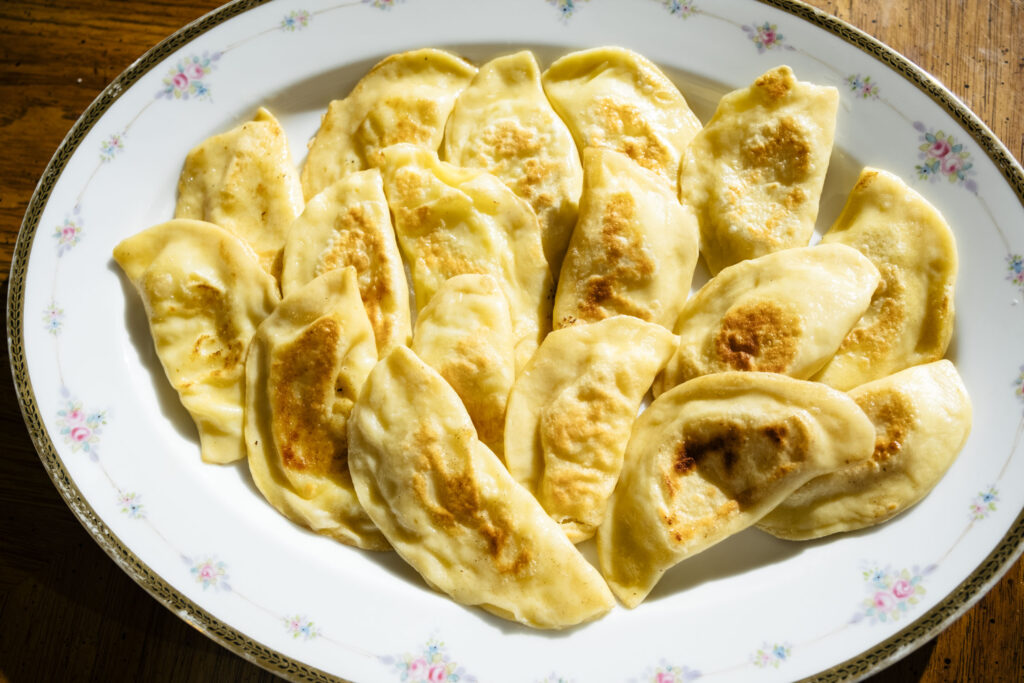polish beet soup (barszcz)
Polish beet soup, also known as barszcz, is similar to its more well-known relative, borscht. Whereas borscht might include meat, cabbage, or other vegetables, this recipe for barszcz is simpler, lighter, and has more of a clear broth. Yet both are sour with a hint of sweetness. Barszcz, with its lustrous burgundy color, is packed with nutrition and can provide necessary warmth and comfort amid the bitter winter cold.
makes 4-6 servings
ingredients
- 3 beets, peeled and cut into 8 large pieces each (24 pieces total)
- 6 garlic cloves, peeled
- 2 large bay leaves
- 2 carrots, peeled and quartered
- 1 teaspoon dried marjoram or oregano
- 1 teaspoon freshly ground black pepper
- 1 teaspoon salt
- 1 teaspoon granulated sugar
- 6 cups vegetable stock
- 2 cups water
- ¼ cup fresh dill
steps
Place the beets, garlic, bay leaves, carrots, marjoram/oregano, black pepper, salt, sugar, vegetable stock, and water into a large pot and bring to a boil. Cover and reduce the temperature to a simmer. Cook for two hours until the beets are soft.
Strain the liquid and remove the beets. Julienne the beets into strips and return to the liquid. Garnish with dill and serve hot. It pairs especially well with pierogies.
